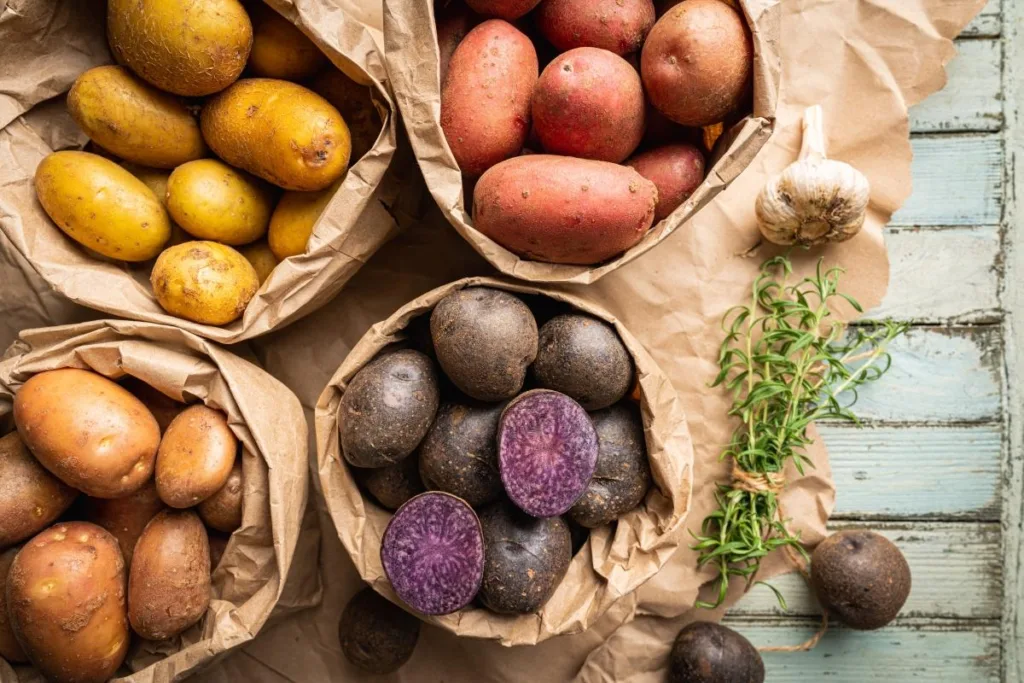Lastest Articles
-

Do Potatoes Spike Blood Sugar | Potatoes Glycemic Index
Glycemic index of potatoes: All you need to know When it comes to the glycemic index (GI) of potatoes, there are a few key things worth knowing. The glycemic index measures how carbs in food affect blood sugar levels. Potatoes, a staple in many diets, have a range of GI values depending on several factors. […]
-

Ketosis: Definition, Symptoms, and Is It Safe for You?
What is ketosis To understand it, let’s refer to the normal workings of metabolism. In normal circumstances, the body utilizes glucose as a source of energy. The glucose sources are dietary carbs, sugars, starchy food, etc. Now, the body breaks the sugars into simple sugars to use them as fuel or stores them in the […]
-

Tackling Keto Flu: Symptoms and Solutions
What is keto flu? Keto flu, short for ketogenic flu, is a range of symptoms commonly experienced when starting a ketogenic diet. It occurs within a few days or weeks of adopting the diet (1). The symptoms usually ease up after about a week as the body starts burning fat (2). Keto flu isn’t caused […]
-

The Paleo Diet: Benefits, Drawbacks and Useful Comparisons
What is a paleo diet? The paleo diet attempts to replicate the eating habits of Paleolithic humans. It is also known as the Paleolithic diet, hunter-gatherer diet, or the Stone Age diet. The paleo diet focuses on natural foods, including fruits, vegetables, lean proteins, nuts, and seeds. Understandably, many agricultural or farmed products are excluded. […]
-

12 Essential Iron-Rich Foods To Eat From Everyday
Things to know about iron Dietary iron comes in two types—heme and nonheme iron. Meat, poultry, and seafood contain both these types, whereas plant-based foods contain only non-heme iron. Heme iron from animal sources is more readily absorbed by the body. On average, your body can absorb only 2% to 20% of consumed non-heme iron, […]
-

Mediterranean Diet Meal Plan: The Healthy Eating Guide
What is the Mediterranean diet? The Mediterranean diet and lifestyle originated from Greece, Southern Spain, Italy, and other regions around the Mediterranean Sea. The populations in these countries are known for their lower risk of metabolic and cardiovascular diseases (1). The Mediterranean diet emphasizes whole foods and mindful eating. The key health benefits lie in […]
-

Ginger, the Superfood: Its Benefits and Uses
Ginger at a glance There are many different varieties of ginger, with more than 1,000 species and 47 genera. The most popular varieties include: Ginger consists mostly of water and carbohydrates, with miniscule protein (1). With only 2 grams of carbohydrates per 5 slices, ginger is a low-glycemic food with traces of fiber and sugar […]
-

Ginkgo Biloba: An Ancient Herb and Its Proven Health Benefits
Essential Nutrients in ginkgo biloba Ginkgo biloba plant extract contains high levels of vitamin C, carbohydrates, proteins, and other nutrients. Its health benefits include cancer prevention, improved blood circulation, and treating neurologic conditions (1). Key nutrients found in 100 g of ginkgo biloba extract: Ginkgo biloba in traditional Chinese medicine The ginkgo is one of […]
-

The Complete Guide To Unlocking the Mediterranean Diet
What is the Mediterranean diet? The Mediterranean dietary pattern is based on traditional eating habits and cuisines from Greece, Italy, Southern Spain, and other Mediterranean regions. Multiple studies found that populations around the Mediterranean Sea basin had lower rates of cardiovascular and metabolic diseases. Hence, the term Mediterranean diet was coined. A traditional Mediterranean diet […]
-

30+ Best Keto Snacks To Make at Home and Top Store Favorites
What makes a great keto snack? The best keto snacks have little to no carbs (1). Ideally, they should also be high in healthy fats and moderate in proteins. This macronutrient balance is the basis of the ketogenic diet and is key to staying in nutritional ketosis. To keep on the keto track, it’s best […]









